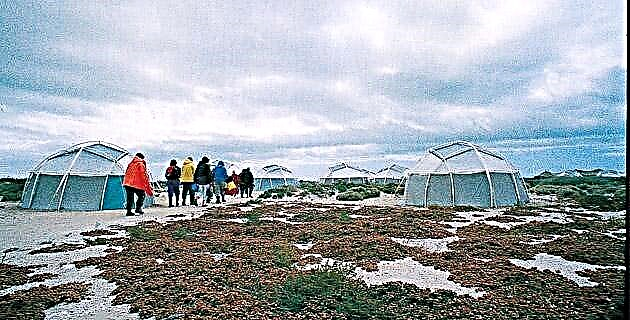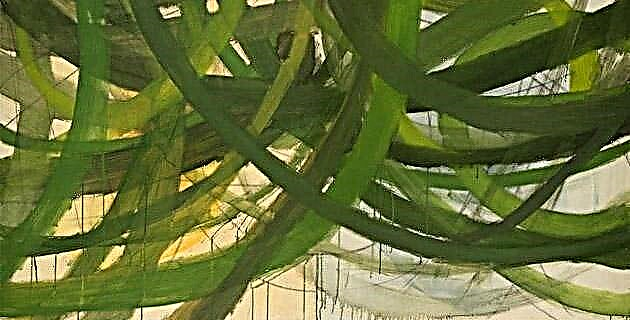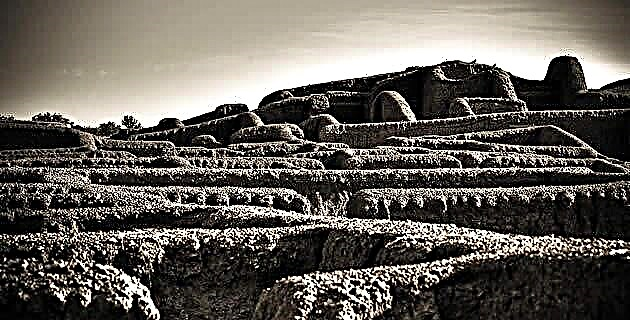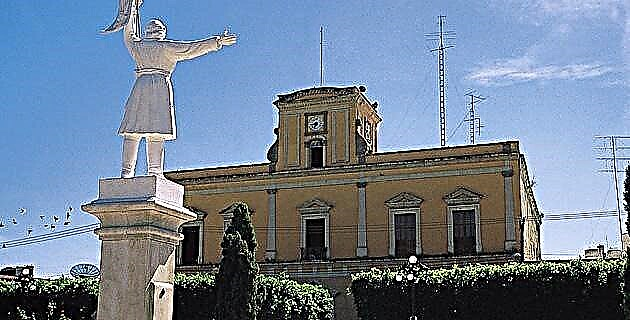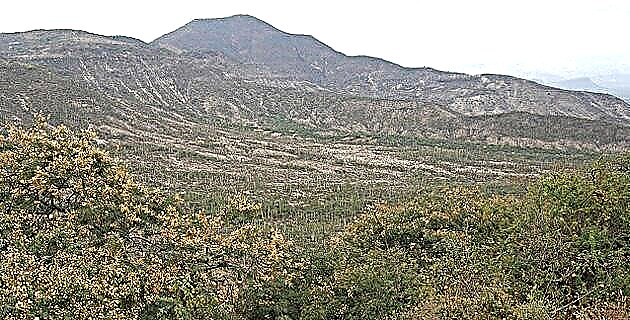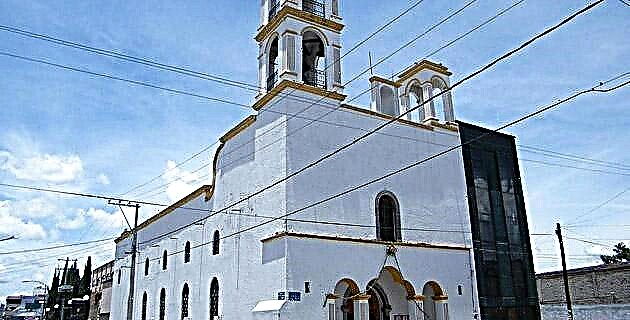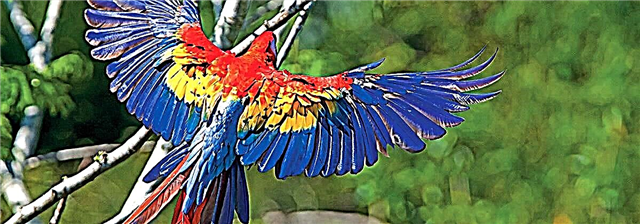
The noise was deafening, and a multitude of multicolored birds cheered the branches of the tallest trees. A little further south, another even larger species, although less numerous, also made its presence known with its loud song and its silhouette lit up in scarlet tones: they were the macaws, some green and some red.
p> THE GREEN GUACAMAYA
It is the most common in Mexico and is also called Papagayo, Alo, Gop, X-op (Ara militaris, Linnaeus, 1776), a species with a green body, while the head and tail are red. It is difficult to differentiate the female from the male, since both have large dimensions that exceed 60 to 75 cm in length and do not present sexual dimorphism. They are simply similar. The yellowish green color is distinctive in almost the whole body, with a red crown and part of the wings in blue; the cheeks are pink and the tail feathers turquoise. As for the young, their coloration is similar to that of adults.
As a species it nests in cavities of living or dead trees, as well as in hollows of rocks and cliffs. In these cavities they lay between two and four white elliptical eggs. It is not well known if they reproduce every one or two years, but in almost all of Mexico it has been recorded that between October and November they start the reproductive season with the location of the nesting site.
Two chicks are born in a few weeks, and between January and March is when an independent young leaves the nest. He is the only one who will perhaps reach adulthood.
This species is at risk due to the destruction of its habitat, the capture of chickens and adults for national and international trade, and its use as an ornamental bird. However, its commercialization causes the current decline of its populations, whose isolation and fragmentation face serious survival problems. The shortage of suitable nesting sites also affects broodstock, thereby reducing their numbers. Forest predation also damages trees with nesting cavities that have been felled to capture their young.
For our grandparents it was common to observe large groups when they made daily flights to get food, consisting of various types of fruits, pods, seeds, flowers and young shoots. Now, this once common bird in almost the entire country, except Baja California, has been affected by environmental depredation and this distribution, which originally covered from northern Mexico to Argentina, has been minimized. In our days, its habitat includes the coastal plain of the Gulf of Mexico, the valleys and mountains of the central western Pacific, and the Sierra Madre del Sur, where it is associated with low and medium forests, although sometimes it reaches the forests of oaks and pines.
THE RED GUACAMAYA
One of the most beautiful birds of America is the scarlet macaw, also called Papagayo, Alo, Ah-k'ota, Mox, Gop, X-op, (Ara macao Linnaeus, 1758), whose scarlet coloration and large size -between 70 at 95 cm - they make her look spectacular. Long ago it was a frequent species from northern Mexico to Brazil, and even in recent decades it lived on the banks of some rivers in the states of Tamaulipas, Veracruz, Tabasco and Campeche. However, today it is extinct along this coast and is rare in the areas where it lives. Only two viable populations have been recorded, one in the limits of the states of Oaxaca and Veracruz and another in southern Chiapas.
The attractive plumage over much of its body, from red to scarlet, is similar in both adults. Some wing feathers are yellow and the lower feathers a deep blue. the face shows bare skin, with yellow irises in adults and brown in young people. It is a fact that the colorful parts of the male influence during courtship, when they perform very simple exhibitions, since the most elaborate include bows, undulation of the legs, projection of wings to the ground, dilation of pupils, erection of the crest, etc. They are monogamous and once the conquest is made, she and he rub their beaks, clean their plumage and offer each other food, until they copulate.
In general, scarlet macaws reproduce every one to two years.
Their season begins between December and February, when they locate the cavities left by woodpeckers or other birds, where they incubate one or more eggs for three weeks. Helpless young develop inside, while their parents feed them regurgitated and partially digested vegetables; this phase ends between April and June.
Rarely, some couples manage to raise two chickens, but usually only one reaches adulthood, as there is more than 50% mortality.
They are high-flying birds that travel great distances to feed and obtain fruits of amate, palms, sapodilla, ramón, pods and flowers, tender shoots and some insects, which are their favorite foods and are scattered over large areas. Their habitat is the high, evergreen forests, along with large tropical rivers, such as the Usumacinta, where they have survived and tolerated the disturbances caused to these ecosystems. Also, it is associated with medium forests in low mountainous areas. However, according to biologists, this macaw requires large well-preserved jungle areas to feed, reproduce and survive.
Both species are in serious danger of extinction, since the last large groups suffer the same pressures that eradicated them in the rest of the country: destruction of their habitat, capture of young and adults for trade, as well as for pets or stuffed ornaments. Also, they are affected by diseases or natural predators, such as Africanized eagles and bees. Despite being protected by national and international laws, illegal trafficking continues and ecological education campaigns are urgently needed so that no one buys this species or any other wild animal. Likewise, it is a priority to carry out research and conservation programs with the last survivors, since they will also be affected by the environmental impact and the high price paid by those who trade them, in a business so lucrative that it can surely extinguish them.
Source: Unknown Mexico No. 319 / September 2003

